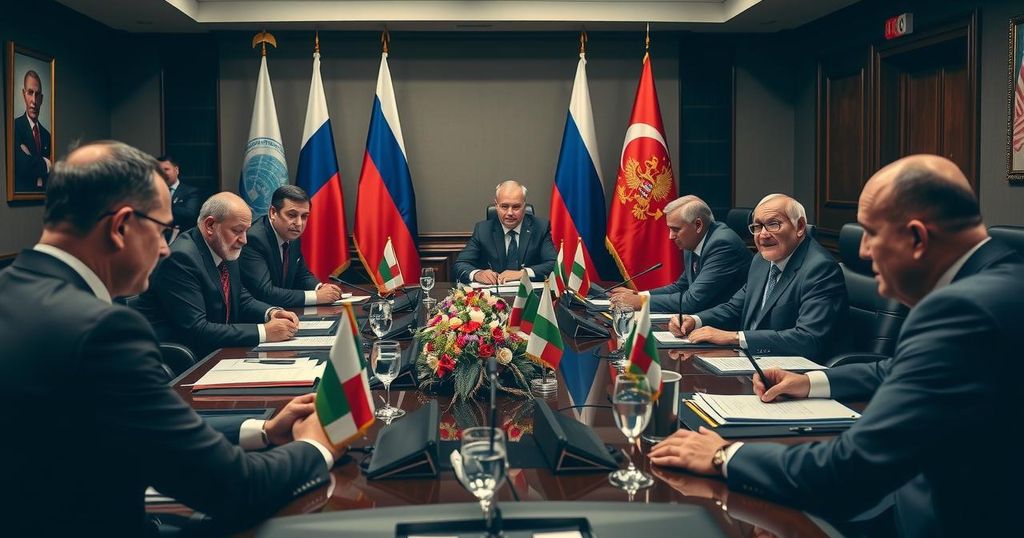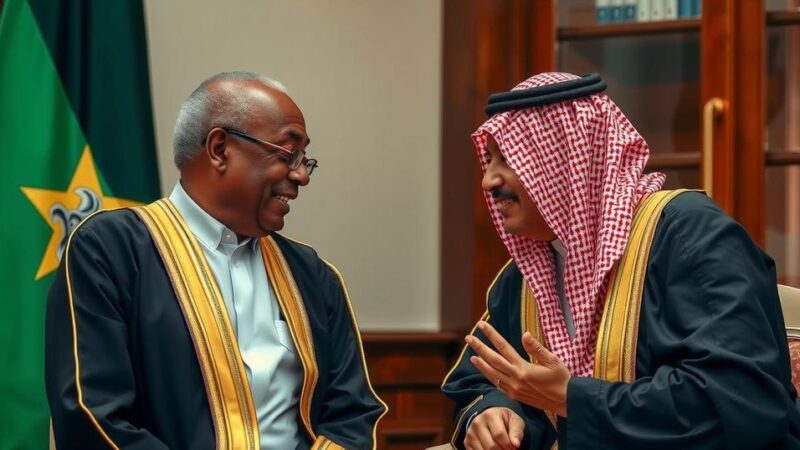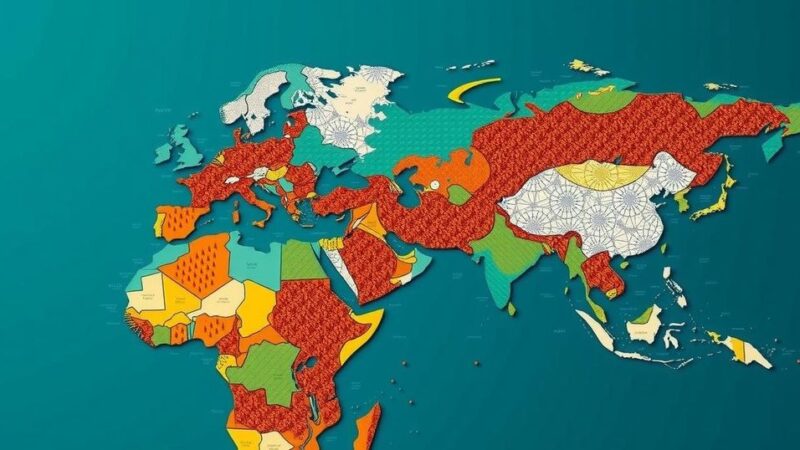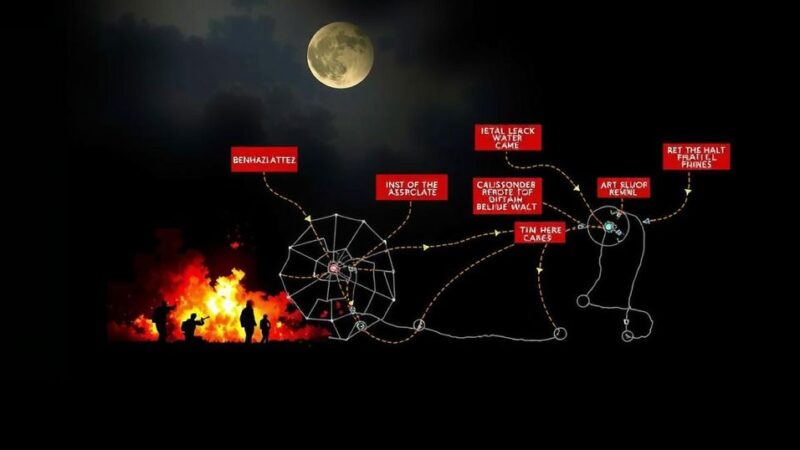Prime Minister Narendra Modi and Chinese President Xi Jinping held their first bilateral talks since the Ladakh standoff in 2019, taking place in Kazan, Russia, during the BRICS Summit. Their discussions followed a recent breakthrough in military arrangements aimed at stabilizing the situation along the Line of Actual Control. This meeting is crucial for assessing the prospects of restoring economic relations and direct communications between the two countries.
In Kazan, Russia, Prime Minister Narendra Modi engaged in bilateral discussions with Chinese President Xi Jinping today, marking their first formal meeting since 2019. The relationship between India and China has suffered significant strain following the military standoff in Ladakh, which was provoked by Beijing’s unilateral initiatives that infringed upon the Line of Actual Control, the agreed boundary demarcation between the two nations. This meeting occurred on the sidelines of the BRICS Summit in Kazan, shortly after diplomatic and military engagements resulted in a consensus aimed at restoring stability to the situation that prevailed before the onset of the Ladakh standoff in May 2020. The renewed agreement regarding patrolling arrangements signifies a potential de-escalation in a region where both countries have deployed a substantial number of troops since the Galwan Valley clash four years ago. The discussions between Prime Minister Modi and President Xi highlighted a positive shift in India-China relations, particularly following the recent agreement on patrolling, which had been fraught with complications over the past few years. Notably, prior to this meeting, there were only a few brief interactions between the two leaders since the Galwan incident — specifically during the G20 summit in Bali, Indonesia, in November 2022, and the BRICS summit in Johannesburg, South Africa, in August 2023. These interactions did not constitute formal bilateral discussions concerning trade, economic ties, or other significant matters. For four years, direct flights between India and China have remained suspended, with visa approvals for Chinese technicians now requiring additional layers of scrutiny. Furthermore, investments from companies in neighboring regions necessitate extra vetting and security clearances. The results of this bilateral dialogue are crucial in determining whether trade, economic, and interpersonal relations between India and China can return to their previous levels of normalcy.
The article discusses the recent bilateral meeting between Indian Prime Minister Narendra Modi and Chinese President Xi Jinping, which is significant as it represents the first formal talks between the leaders since the military standoff in Ladakh that began in May 2020. This standoff was marked by a clash in the Galwan Valley, heightening tensions and leading to military deployments from both nations along the Line of Actual Control. The dynamics of the India-China relationship have shifted due to these events, influencing trade and diplomatic interactions between the two countries. The meeting at the BRICS Summit aims to address these issues and potentially pave the way for improved bilateral relations and normalizing previous economic exchanges.
In conclusion, the bilateral meeting between Prime Minister Narendra Modi and President Xi Jinping signifies a notable development in India-China relations, which have been impacted by the Ladakh standoff. Following a recent diplomatic breakthrough concerning patrolling arrangements, there is optimism for de-escalation and the potential restoration of normalcy in trade and economic ties. The outcome of this meeting will be pivotal in determining the future trajectory of relations between the two nations, particularly in light of their complex historical interactions.
Original Source: www.ndtv.com






